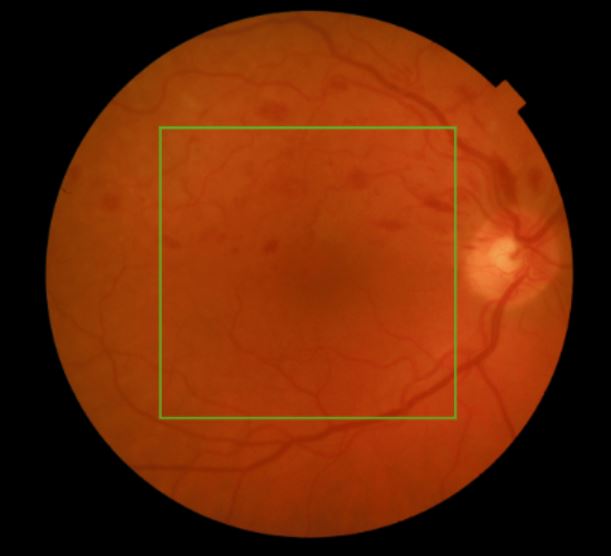Frequently Asked Questions

What is a retinal vascular occlusion?
A retinal vascular occlusion is a small-scale event similar to a stoke, where blockage of a retinal blood vessel occurs. Both retinal arteries and retinal veins can be affected, producing different symptoms and signs. The blockage can affect a large or a small blood vessels, causing effects for the whole or only part of the retina. Treatment can differ and we therefore divide these conditions into:
- Central retinal vein occlusion (CRVO)
- Branch retinal vein occlusion, commonly a hemi-retinal vein occlusion (BRVO/HRVO)
- Central retinal artery occlusion (CRAO)
- Branch retinal artery occlusion (BRAO)
What are the symptoms of a vascular occlusion?
These can vary quite significantly. Sometimes, a patient will not experience any change in vision or notice any other symptoms and a vascular occlusion is picked up incidentally during a routine eye examination. Often, some visual reduction will occur, from mild to severe and this is due to any combination of problems caused by the blood vessel blockage.
What problems result from a vascular occlusion?
The two most common problems are macular oedema (swelling of the central retina) and neovscularisation (development of new, abnormal blood vessels). These problems come about as a result of the impaired blood supply to the retina. They can take some time to develop from the onset of the original blood vessel blockage, occasionally weeks or even months. For this reason we will usually monitor patients who have been diagnosed with a vascular occlusion for at least several months, to ensure that should these changes happen, they are noted and treated.
Vitreous haemorrhage, bleeding into the cavity of the eye and problems with increased eye pressure can sometimes also occur. If these do happen, they will also require specialist monitoring and treatment.
What is the treatment for vascular occlusions?
Two main types of treatment may be offered depending on the exact nature of the problem. Retinal laser helps to reduce the formation of abnormal blood vessels and prevent vitreous haemorrhage. Injections into the eye can reduce macular oedema. An individual treatment plan will be developed together with your ophthalmologist for your specific condition.
